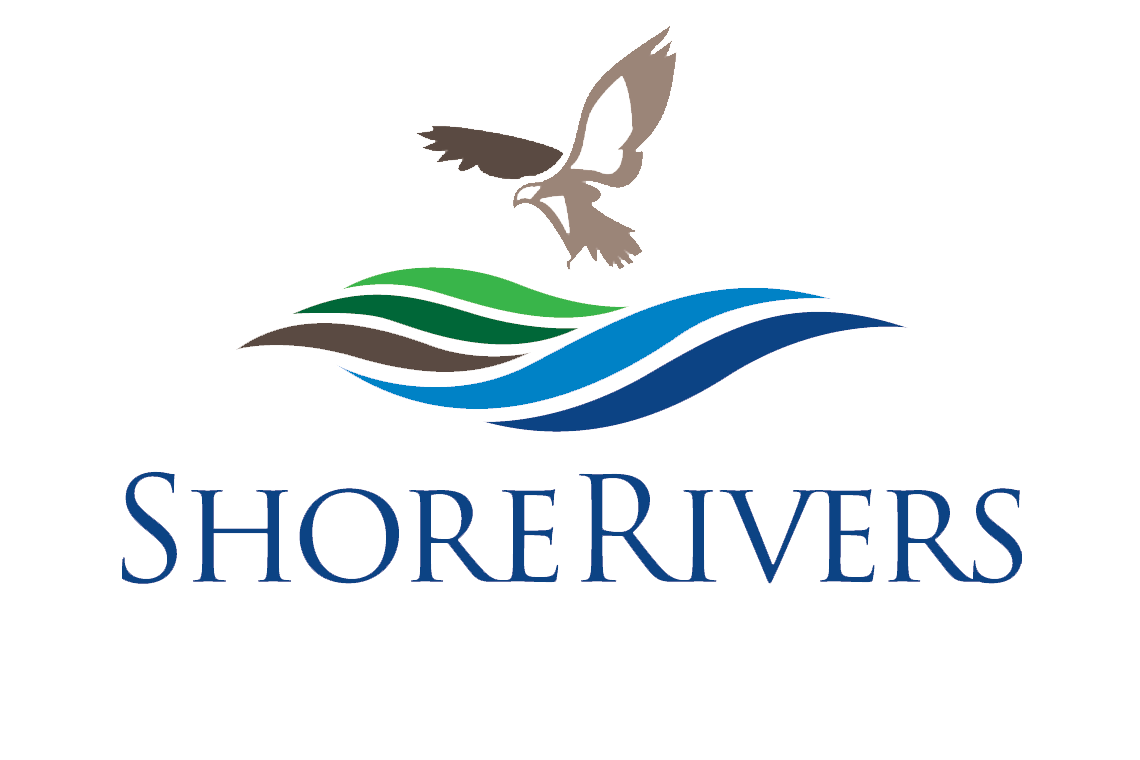SAV Watchers
Underwater grasses, or Submerged Aquatic Vegetation (SAV), are a key indicator of the health of our rivers. Following procedures created by the Chesapeake Bay Program, ShoreRivers coordinates a volunteer SAV monitoring program called SAV Watchers.
SAV Watchers travel to their assigned location at least twice between the months of April and October to monitor and identify SAV in the area. Volunteers need to have access to a kayak, canoe, or jon boat. Data collected by the SAV Watchers is used to monitor planting sites, identify harvest locations, and confirm aerial SAV surveying completed by the Virginia Institute of Marine Science.
SAV Watchers also have opportunities to help in other aspects of SAV restoration, including species harvests, seed turbulation, and plantings. If you are interested in becoming an SAV Watcher, please fill out the volunteer inquiry form.
About SAV
Submerged Aquatic Vegetation (SAV) is a key indicator of the health of our rivers. SAV are underwater grasses with roots and a vascular system (unlike algae, which have no roots). These underwater grasses absorb nutrients, reduce wave action and protect shorelines, improve water clarity, increase dissolved oxygen levels, and provide food and habitat for aquatic species. Tracking the growth of these underwater grasses gives us a better understanding of the health of our rivers, the impacts of commercial fisheries and recreational activities, and the efficacy of SAV planting programs.
SAV have severely declined over the past century. Runoff from construction sites, neighborhoods, towns, and farms causes sediment to smother SAV beds and cloud the water, blocking sunlight from reaching the bottom. Other human activities like propeller cutting, dredging, and shoreline armoring disturb or destroy underwater grasses.
We, however, have seen a resurgence of underwater grasses in the past decade. The Virginia Institute of Marine Sciences conducts aerial surveys of Chesapeake Bay grasses to monitor the acreage and distribution of beds in order to track health trends and identify areas for restoration. As part of this effort, ShoreRivers conducts on-the-ground surveys to confirm these aerial surveys and to provide additional data on specific SAV species and distribution and any beds that the aerial surveys may have missed.
In 2020, ShoreRivers built a turbulator to increase the organization's capacity to restore SAV beds. The turbulator mimics the natural process of the rivers and separates the SAV seeds from the stem. Through a very hands-on process and the turbulator, ShoreRivers staff and volunteers are able to harvest millions of SAV seeds every year which are later planted back into our waterways.




